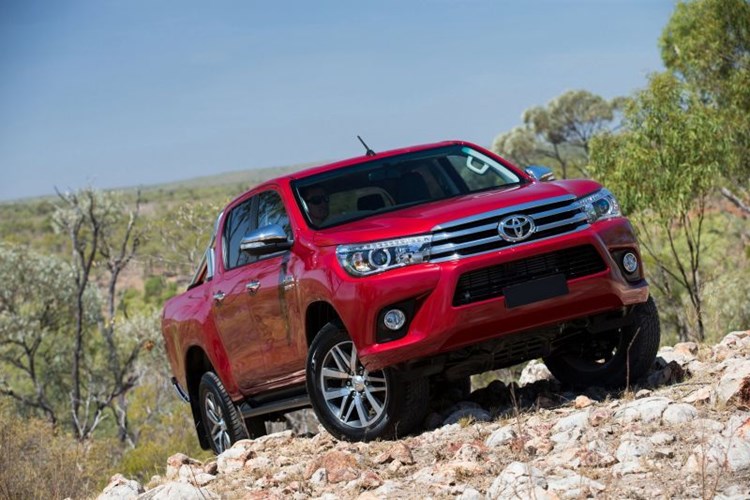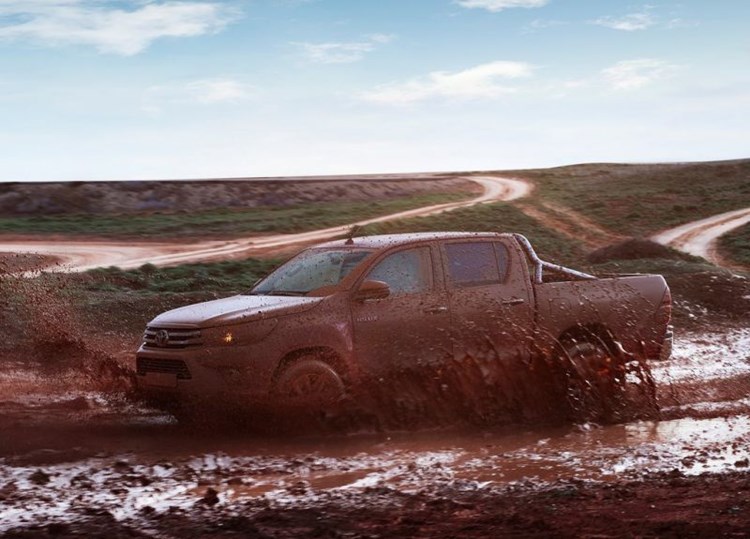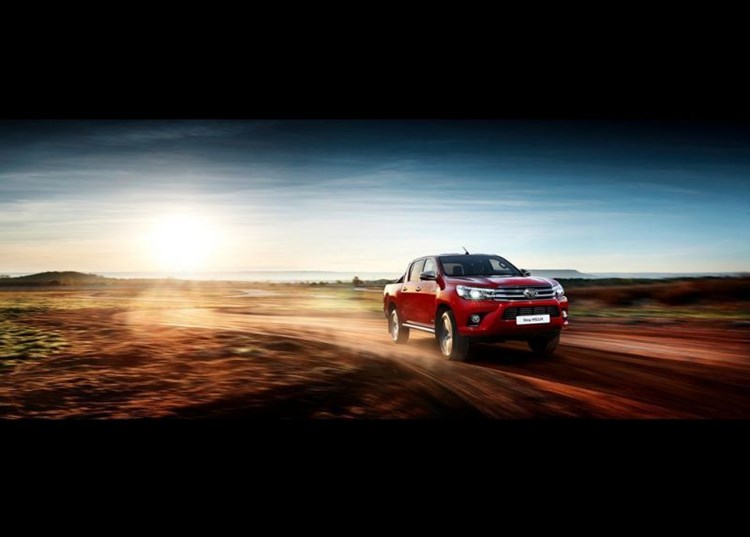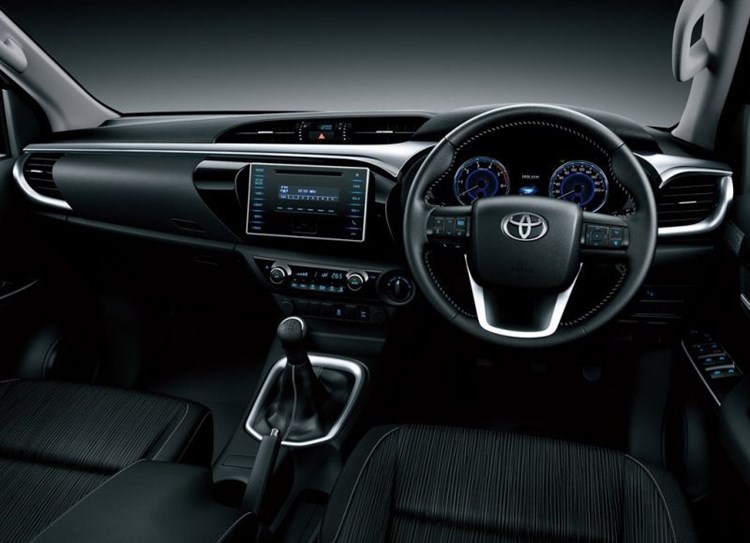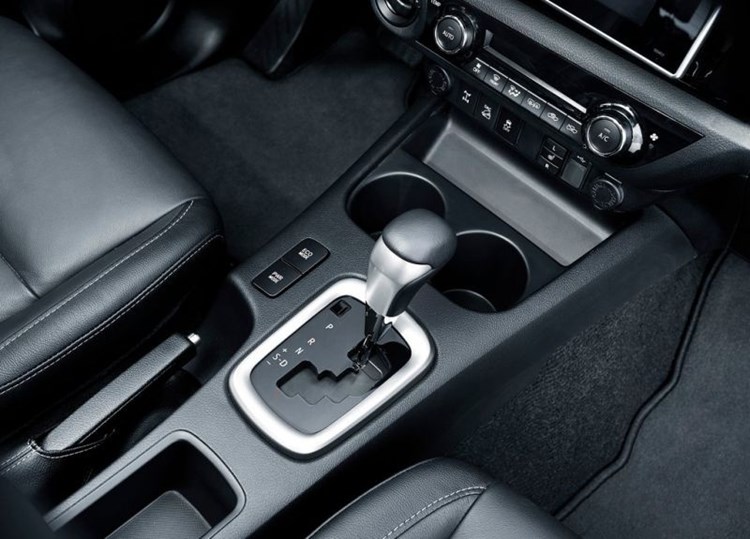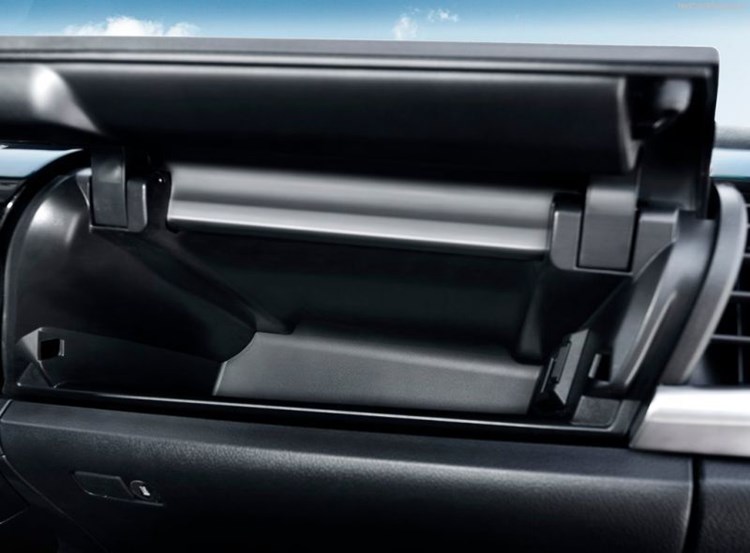Unfortunately due to the demand for vehicles during the course of the Dakar event we were allocated one Hilux to share, which meant that my drive was short but sweet. It was long enough to get a taste for what we can expect.
On the appearance side of things, the new Hilux has adopted Toyota’s new design language of prominent, focused front ends. The nose tends to protrude somewhat and this in made more apparent thanks to a chrome grille and focused headlights. Some motoring enthusiasts have raised an eyebrow or two regarding the styling of the front - I was one of them, but after seeing the bakkie in the metal from various angles I will admit, it has grown on me.
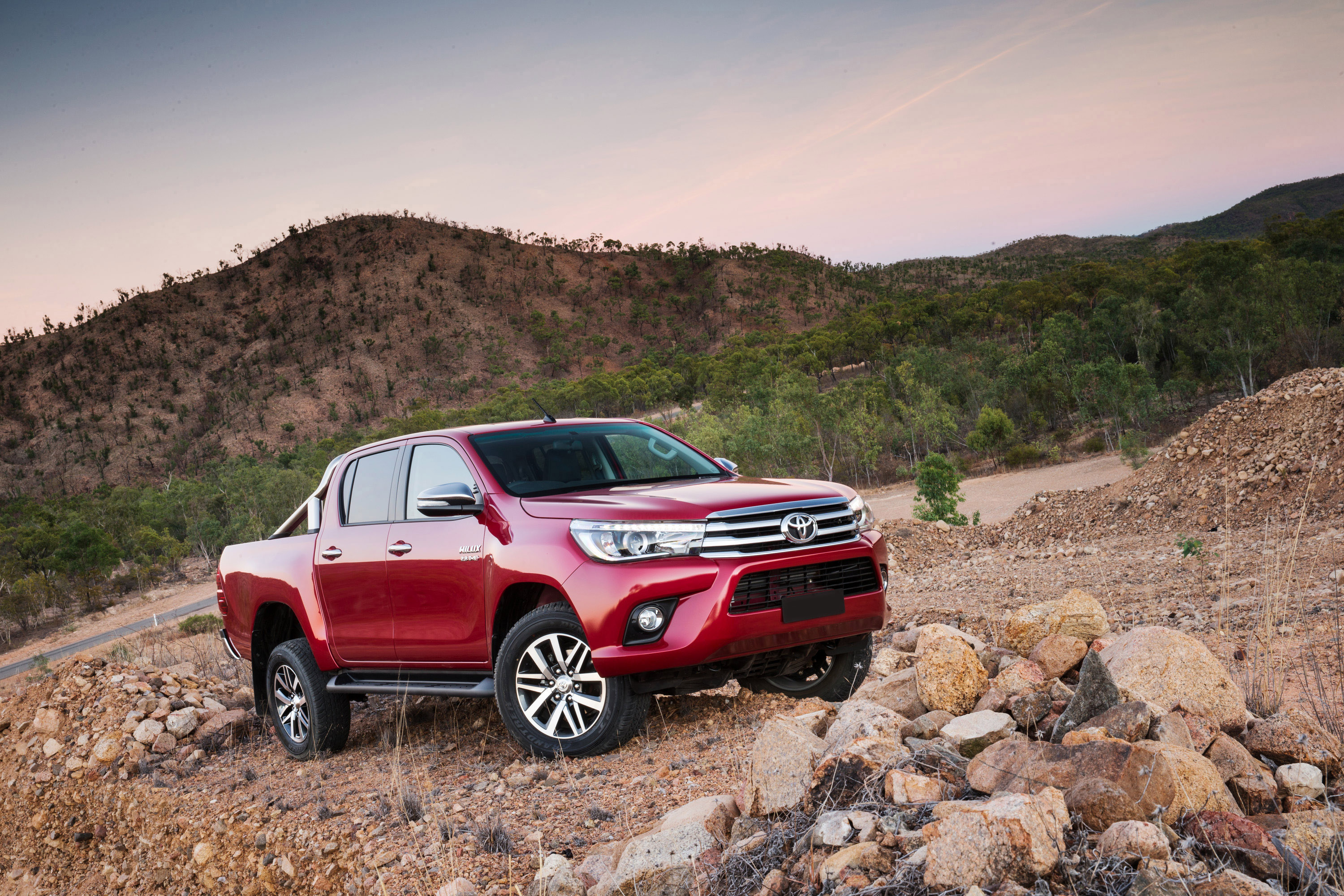
What I really like though is its side profile, in particular the flared wheel arches. These give the Hilux a somewhat muscular look, especially at the rear. The sloping rear side window and cabin silhouette also tend to form a visual parity with the slanted rear design. The rear taillights have also been redesigned yet from the rear it is still unmistakably… Hilux!
Moving to the interior, things become quite different. Not only does a large centre-mounted touch screen grab your attention but a completely new dashboard design also adds to the Hilux’s new level of sophistication. The interior now resembles that of other Toyota models, specifically the Auris and Corolla. I particularly liked the chrome trim, which flows along the entire dashboard, creating a sense of refinement, not seen before. The new-look dials are split by a colour-screen display, which gives driver information on fuel economy as well as trip information and infotainment.
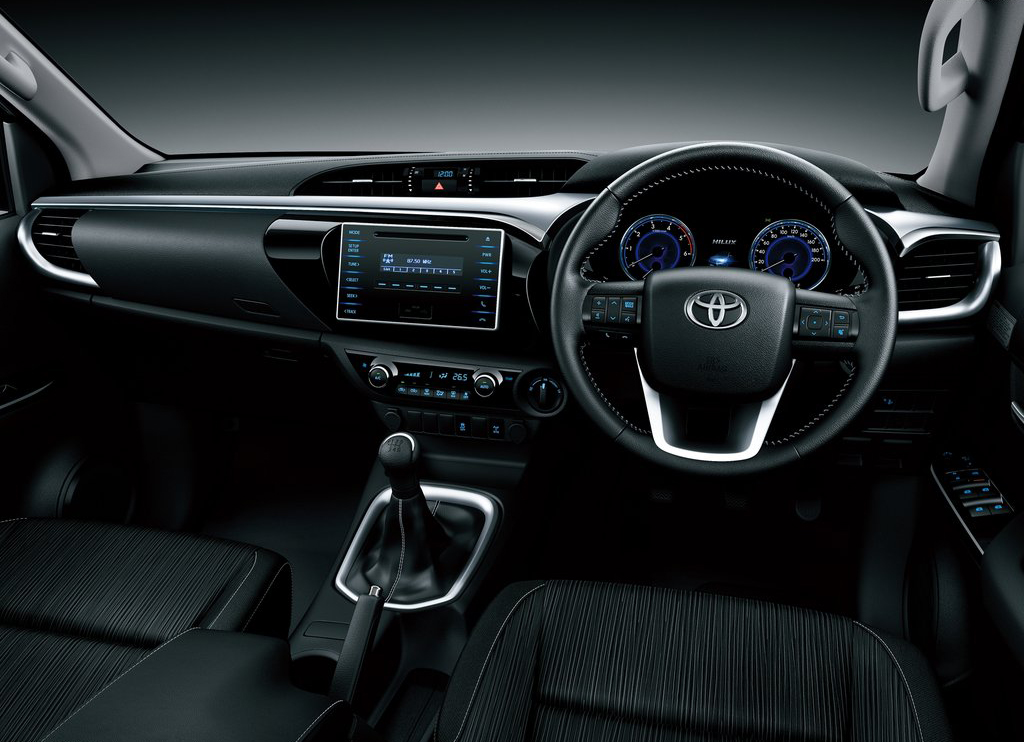
Rear space has also been enhanced thanks to the swept-back placement of the rear seats. What’s more, there are now air vents at the rear just behind the soft-padded centre console, which houses a 220V three-point plug. For those who like to stay hydrated while on the move, the new Hilux has retained its many cup holders. The glove box now features a dual opening function for added space and convenience.
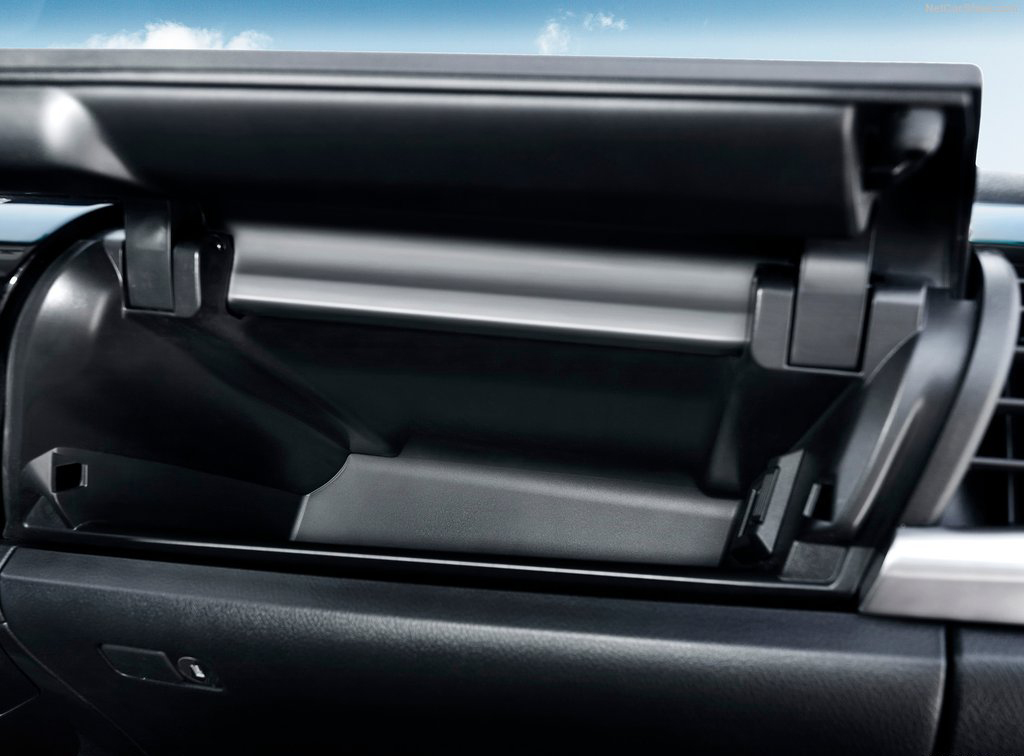
The one I drove was the 2.8-litre GD (diesel), which made good use of its 130kW and 450Nm. The reason why our Hilux had 450Nm and not 420Nm (manual) is because ours was fitted with a new six-speed automatic gearbox. The new Hilux now offers a more gracious drive, compared to the older model. There was one test that I set out to do and that was to test the new bakkie on a corrugated dirt road, at speed, as the older model had the tendency to shake its rear end, unsettling the car. The new model didn’t shake at all, even when I had it in rear-wheel-drive mode. It remained planted at the rear, thanks to a new traction control system, which seems to be more awake and less noticeable. Some diehard off-road fundis might find the 4WD selector a tad too modern as they prefer the good old gear lever. Times are changing and the Hilux has entered into a modern age.
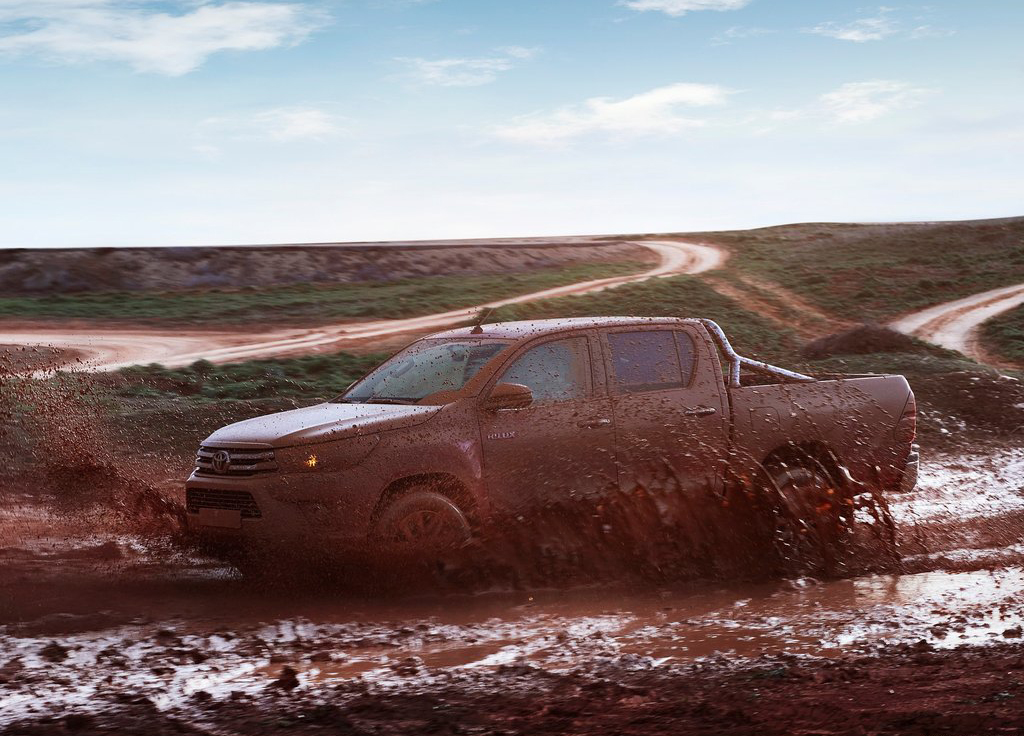
Overall, the new Hilux is a big improvement on the current model. Although it offers better refinement and technology than before, it’s nothing new in the bakkie segment. Some might argue that the Hilux has joined the party rather late, but better late than never. It does need to be said, however, the model I drove (pictured) and the models that will be offered locally will differ slightly. Toyota is remaining tight-lipped about the specification options but things like the centre console plug and chrome interior trim have been confirmed. As for pricing… we’ll have to wait for the local launch. From what I experienced both on and off-road, the new Hilux is going to impress many buyers with its refinement and upmarket feel.
Image source: NetCarShow
